A couple of years ago I was moving tables with a peer after shifting them to clean up a spill. I asked them what their plan was. “Where should we put this one?” I asked.
“It’s usually over here,” they responded.
“Is that where we’re going to put it now?” I asked.
“That’s where it usually goes,” they said again.
“That’s where it usually goes, and that’s why we’re going to put it there again?” I asked. They looked at me, quite likely rolling their eyes.
“Do you think we should put it somewhere else?” they asked.
“Is there somewhere else that it makes more sense to put it?”
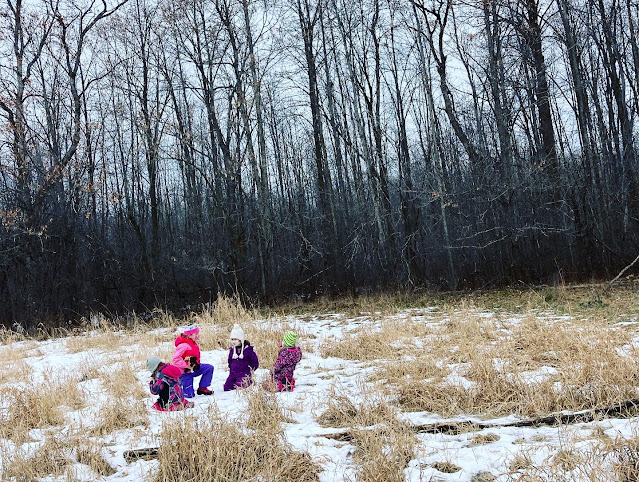
There were a few of us working that day, and it turned into an ongoing and revisited conversation. Not about the tables in particular (I’m pretty sure we did put them back where they had been before), but about the process of being aware when we are making decisions. We talked about striving to be aware when we are working and playing with children, that while there are rhythms and patterns, more common approaches and ways of doing certain things, that our work within this world of Forest and Nature School is about modelling and living informed practice. These conversations and reflections reminded us that while there is definitely a need to learn from what we have done before, there is definitely not a need to always do things the same way.
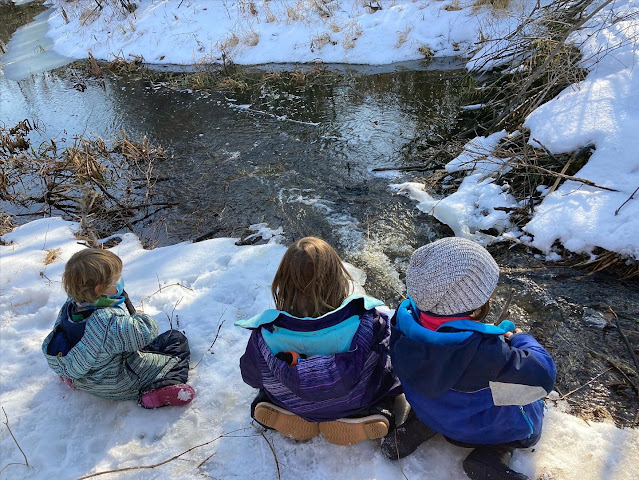
I would often start my day with the team I was working with sharing ideas for what our hopes were for the end of the day. How did we hope children would feel when they went home? Coming to some sort of agreement on this led to us finding our shared mission for the day.
Was it an I-hope-we-stay-out-the-entire-day day?
Or an it’s-the-first-day-of-a-school-program-and-we-want-to-learn-names-and-have-them-looking-forward-to-next-week day?
Is it a first day, or a fifth, or fifteenth together? That will make a difference in our hopes and expectations.
Is the forecast friendly? Will children (and visiting educators) be properly dressed for the weather?
Did one of the team have a challenging evening with their own family and are feeling a bit tender today? That happens.
Is this the group with the 3 children that always tend to egg each other on to do more and more risky play? That happens, too.
There are always a great number of factors that contribute to what our hopes and expectations are for the day, and these will inevitably affect how the day proceeds. To get started we always come back to remembering our mission and following a consistent rhythm.
Our mission- to offer child-centred, interest-led, inquiry-driven, educator-supported learning and connecting through play on the land.
Our rhythm- to start the day with a Sharing Circle and Story, to play, to snack and take a break when it makes sense, to go on an adventure on the land with more play, to end the day with a Sharing Circle.

It has felt important to us as a team to all be rooted in this same framework of our mission and rhythm, while also remaining flexible and present for each other and the children on any particular day. Just like replacing the tables, we think of what we have done before and what makes sense now. We look at how days together with a particular group have gone in the past, we look at our typical daily rhythm, and then ask ourselves if our expectations for the day make sense or can be shifted to be a better fit for the group. We ask this in the morning before children arrive, and periodically through the day in response to emerging factors (like the weather, or behaviour, or someone not feeling well, etc.) We start with a loose plan, we ask if it makes sense, and we carry on with our day together.
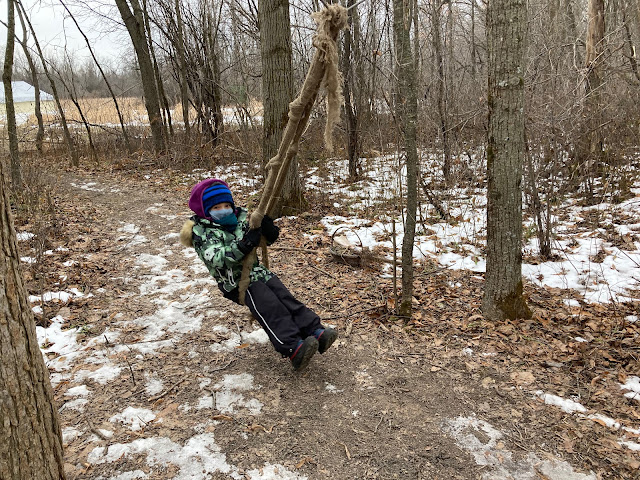
I’ve been talking to a few people lately about what it means to “do” Forest School. While I feel very strongly that there are essential pieces that must always be present, the only place I really have any permission to express that is in my own practice. I can share my ideas, my experiences, my thoughts with those who ask, and then it is up to each educator to take the resonant pieces and to define their practice for themselves.
There has been a lot of interest in supporting learning that can happen outside, since COVID came into existence, and also before. The body of evidence is extensive supporting the value and need for learning that happens through play on the land, and more and more professional organizations and individuals are finding ways to help make it happen.
This learning while out on the land can happen in as many different ways as there are teachers and schoolyards, parents and parks. It can be grounded in the forest and nature school approach, or in some other, also valuable and worthwhile pedagogy.
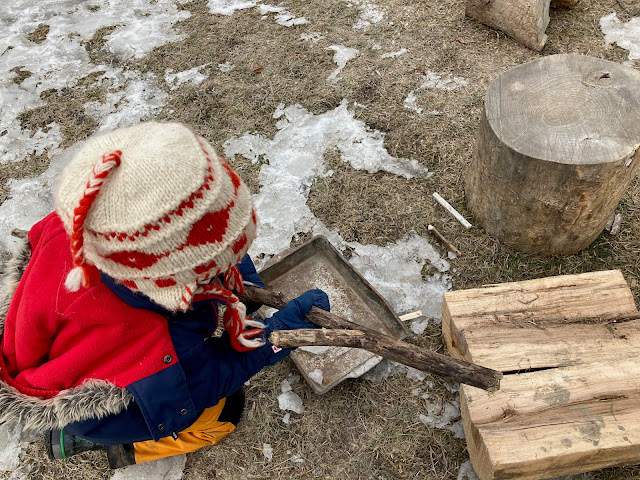
Taking the learning outside can feel really great if the people offering it believe that it is worthwhile and can trust the children, the play, the land, and the process. Whether it is completely interest-led or mostly guided matters less than the fact that the educators are making space for learning and play outside.
On the other hand, taking the learning outside can feel a lot less great if the adults taking part are less experienced with believing in the power of learning to emerge through play, or if they don’t feel ready or trusting.
I’ve worked with enough educators and families who come from diverse backgrounds and experiences to know that there is almost always a way forward together. While it is definitely unlikely that we will all support and offer more free play and time on the land in the same way (and how boring would that be anyway?), I think that if we take the time to talk to each other, to make plans together, to contemplate the benefits for the children and their families, there are definitely small steps that just about any team can take together.
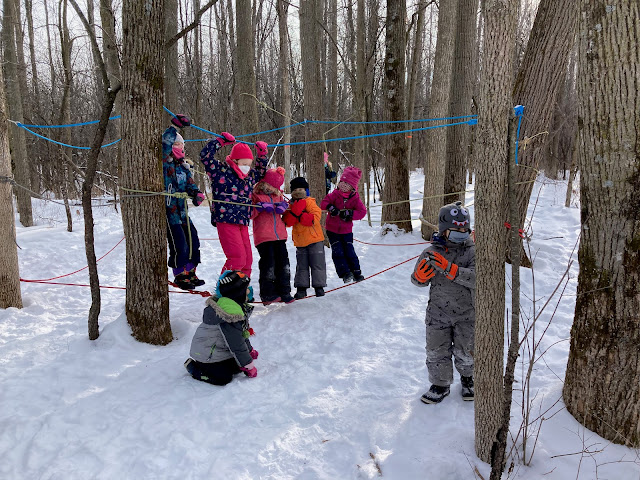
I’m grateful for the work I’ve had the chance to do with school groups, with educators and principals, with parents and families. I’ve had the chance to learn a lot from their questions and experiences, and they’ve all been patient with my questions and reflections. Just like my partner in moving tables that day- there may have been the occasional eye rolls, but together we found ways to move forward together. I hope the same for every educator and caregiver in their own growth and process in taking the learning outside.

